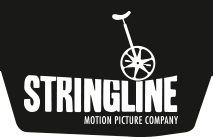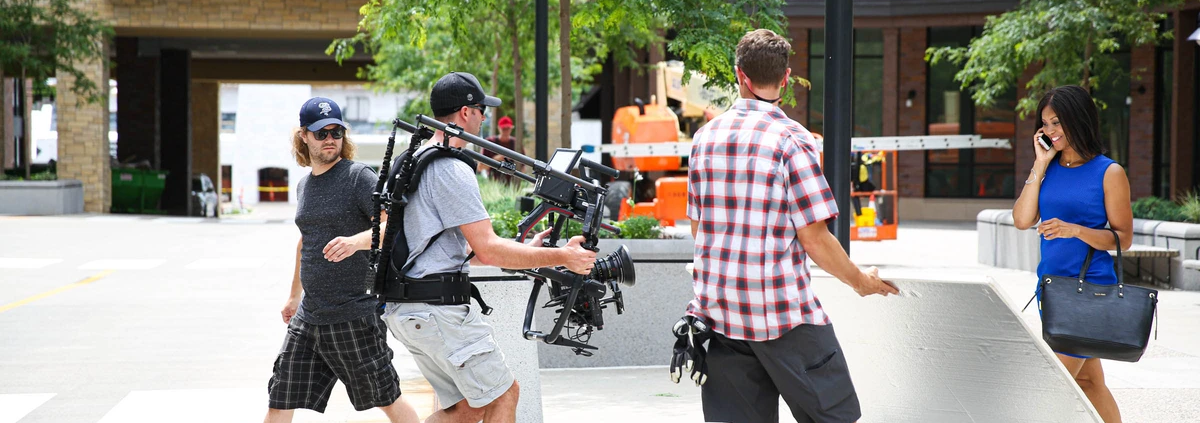The Definitive Guide to Cinematography (2023 Update)
To some people, The Academy Awards are equivalent to the Super Bowl. They watch dozens of films throughout the year and fill out ballots with their winning predictions. Other people have never heard of great cinematographers like Roger Deakins and couldn’t be bothered to know who he is.
Cinematography is a mystery to many people. Is it simply pointing a camera at something? Doesn’t the film director do all the work anyway? How would my business benefit from cinematography?
In this comprehensive guide, we’ll tackle everything cinematography; including what a cinematographer does, how it differs from videography, and how businesses can benefit from the craft.
What Is Cinematography? Defining the Craft
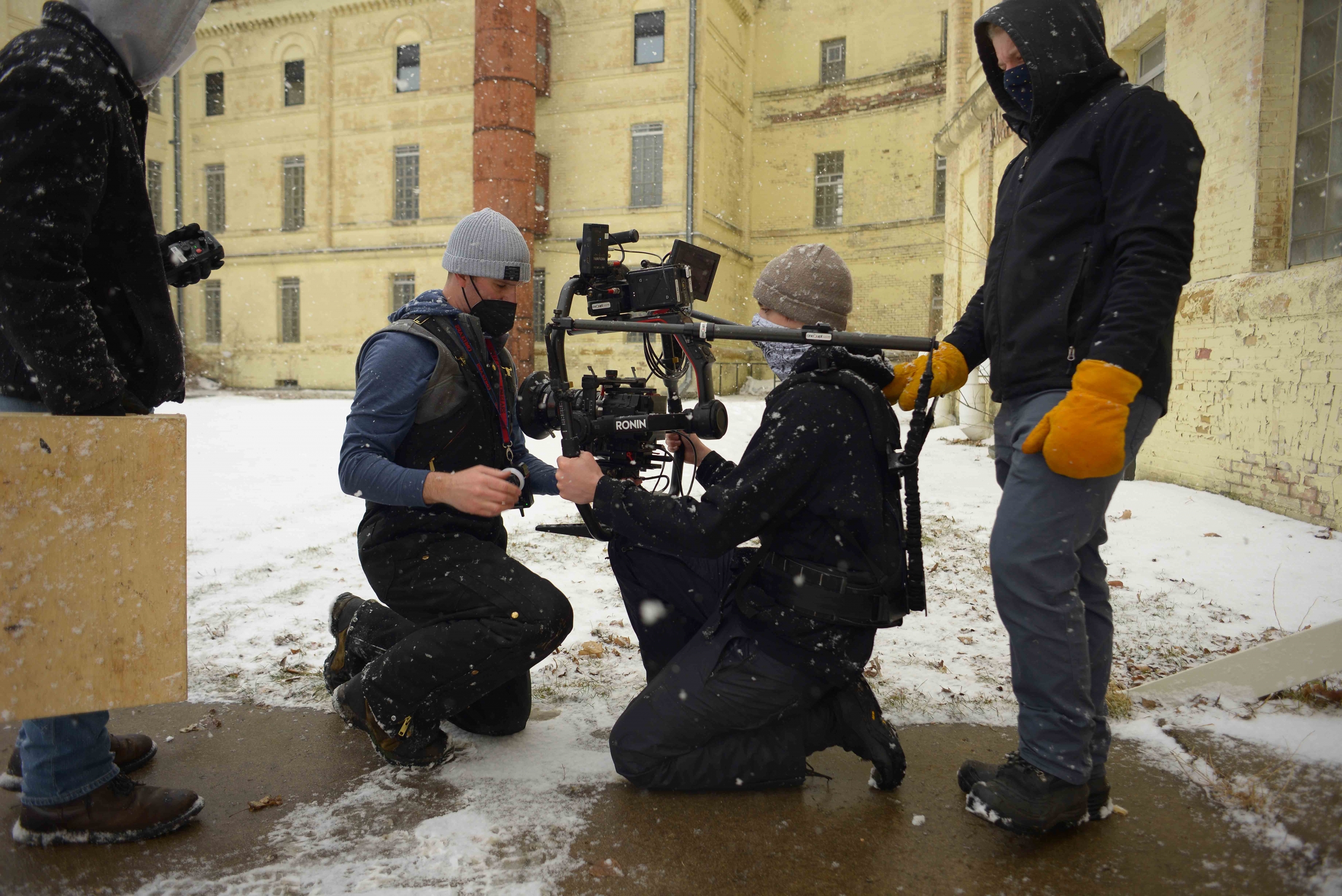
You can tell the difference between a poorly-made local commercial and an effective, high-quality commercial. The same goes for amateur novels vs. Pulitzer prize-winning books and watching a high school football team vs. the NFL. It takes time, practice, and dedication to cultivate the skills necessary to produce an engaging and entertaining final product.
Cinematography is no different. Honing the craft helps take the art of making motion pictures to the next level. Technically, anyone with a smartphone camera can make a motion picture. But the art of cinematography is what closes the gap between bare-bones filmmaking and an effective story that truly captivates an audience.
On to the definition of cinematography:
- Cinematography blends science and art to capture moving images for the purpose of creating a motion picture. The term is taken from the Greek for “writing with movement.” Cinematography composes each shot by recording light electronically onto an image sensor or chemically onto film.
What Does a Cinematographer Do?
The person who executes cinematography is called a cinematographer or director of photography (DP). It is the cinematographer’s responsibility to ensure that every visual element that appears on screen enhances the story.
The DP is in charge of creating the color, lighting, framing, and overall look for every single shot in a film. (Or commercial, music video, television show, or corporate video.) The DP oversees the camera and light crews. On smaller productions, the DP may be the sole camera operator, but on larger sets, they may supervise a team of camera operators who handle all the filming.
As two essential film crew positions, the cinematographer and director work closely together. Essentially, it’s on the DP’s shoulders to execute the director’s vision. If the director wants to drive to New York City and take the most scenic route along the way, the two people will look at the map together, but it’s the cinematographer’s job to drive the car.
The Elements of Cinematography
There are a handful of elements that compose the art of cinematography. Understanding these elements will help clarify everything a DP does on set.
1) Shot Size
One of the primary elements of cinematography is shot size. Camera shots dictate how much space exists in a particular frame. The purpose of gathering different camera shots is to help aid the storyline by portraying emotions, emphasizing relationships, or foreshadowing. The main shot sizes are:
- Close-up: Frames an actor from the shoulders up
- Medium shot: Frames the subject from a mid-distance (waist-up if framing actors)
- Wide shot: Showcases a large amount of the environment. If actors are in the shot, you see their entire bodies
- Extreme close-up: Zooming in even closer on the subject’s face
- Extreme wide shot: An expansive environment or setting is the main focus
A cinematographer dictates the shot size for each shot in the film. Typically, the DP will gather coverage, which means shooting multiple different shot sizes for each shot to give the editor options.
2) Shot Composition
Shot composition fits right alongside shot size. Shot size is how close the subject appears, and shot composition is arranging all the elements in a scene. Shot composition answers questions like:
- How close are the characters standing together?
- Where is the light source?
- Where are set pieces and props arranged in this scene?
In order to nail down shot composition before shooting, a DP and director will block a shot to rehearse where the actors move and how they engage with the environment.
3) Camera Placement
Camera placement or camera angles greatly affect how an audience feels or reacts to certain characters, moments, or objects. Approaching a subject from a specific angle really aids the visual storytelling aspect of cinematography. Camera angles include:
- Eye-level: Straight on
- Low angle: Camera points up from a lower angle
- High angle: Camera points down from a higher angle
- Dutch: Titled angle
- Over-the-shoulder: A shot literally captured over the shoulder of an actor
4) Camera Movement
Camera movement directly affects emotional response. A static, unmoving camera allows the audience to quietly peer into the life inside the film. On the other hand, a camera that runs alongside a character causes the audience to feel a heightened level of suspense and urgency. Different camera movement techniques include:
- Pan: Keep the camera on a central axis and move it from right to left
- Tilt: Keep the camera on a central axis and move up and down
- Whip pan: A very fast pan that becomes a blur
- Tracking shot: Camera moves with the subject sideways
- Dolly shot: Camera moves with the subject forwards or backward
- Crane shot: Camera moves with the subject up or down
- Random motion: Camera bounces quickly to create energy or disorientation
- 360-degree motion: Camera moves entirely around the subject with the help of a Steadicam
5) Camera Focus
Camera focus or depth of field (DOF) refers to the size of the area in a shot where subjects appear sharp, or “in-focus.” Depth of field is controlled by the angle at which light rays enter the camera lens. Depth of field encompasses a large spectrum and has many variations.
Cinematographers can manipulate the camera to capture different focal lengths that best serve the story. Watch this video to gain a thorough understanding of depth of field in film.
6) Lighting
Even though there is a separate crew position for lighting called the gaffer, cinematographers must have a detailed understanding of lighting. Lighting is one of the most effective ways to establish a scene and aid storytelling in film. When used correctly, lighting can enhance a moving image’s depth, contour, and contrast.
The DP uses lighting to create the visual mood that the director wants to achieve. The DP works together with the gaffer and key grip to establish and set up the lighting sources.
Cinematography vs. Videography: What’s the Difference?
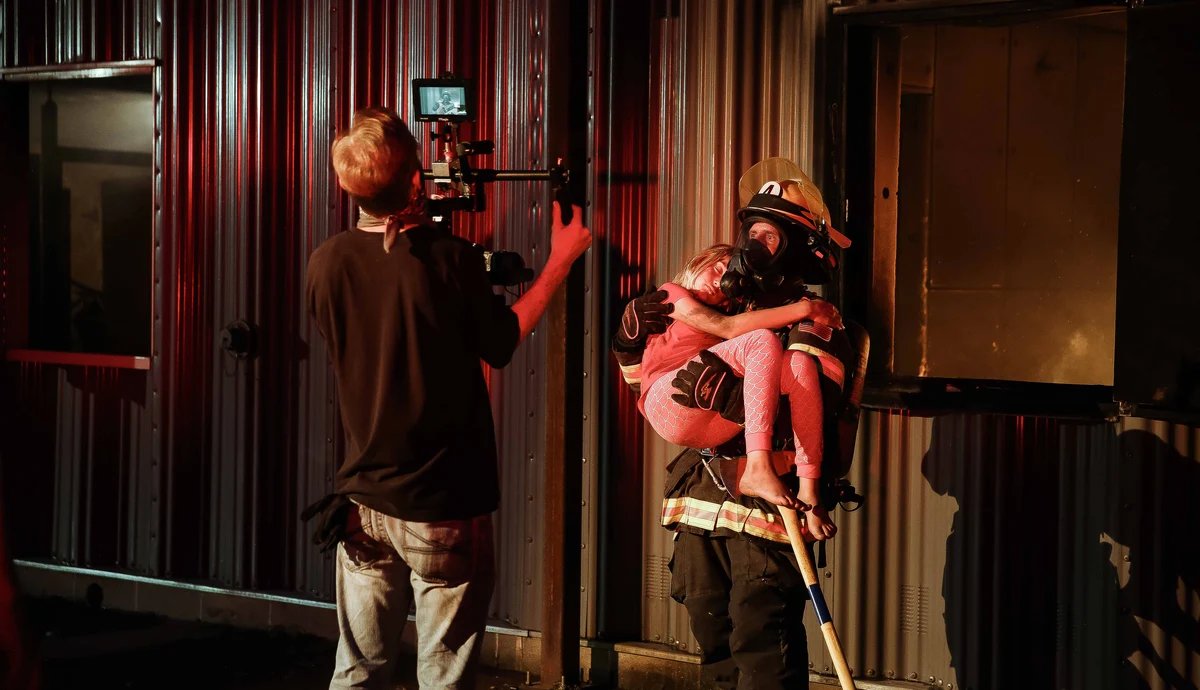
Now that you understand more of what cinematography is, you might have another familiar word in the back of your head: “Videography.” Videography sounds very similar to cinematography, and it’s all capturing video, right? So are they different at all?
The difference between cinematography and videography is subtle, but they are definitely two different mediums. Yes, both mediums involve capturing moving pictures with a professional camera. However, the differences come down to creative style, crew size, and the final product.
Creative Style
There’s no denying that both cinematography and videography require creativity. However, cinematography is inherently more stylistic with the use of camera focus, lighting, angles, and all the other elements covered earlier. While videography is still a creative medium, it typically has less stylistic freedom.
Videography encompasses filming live events, product videos, and weddings. Cinematography involves capturing films, television, music videos, or even high-quality corporate materials.
Crew Size
A videographer can often operate as a one or two-person crew. On the other hand, even on small film sets, a cinematographer works in tandem with multiple crew members to bring the vision of the film to life.
Final Product
Cinematography typically involves capturing a narrative story, while videography captures real-life moments. A cinematographer helps bring a script or documentary to life, while a videographer captures dance performances, weddings, live sporting events, and business conventions.
What Is the Benefit of Cinematography?
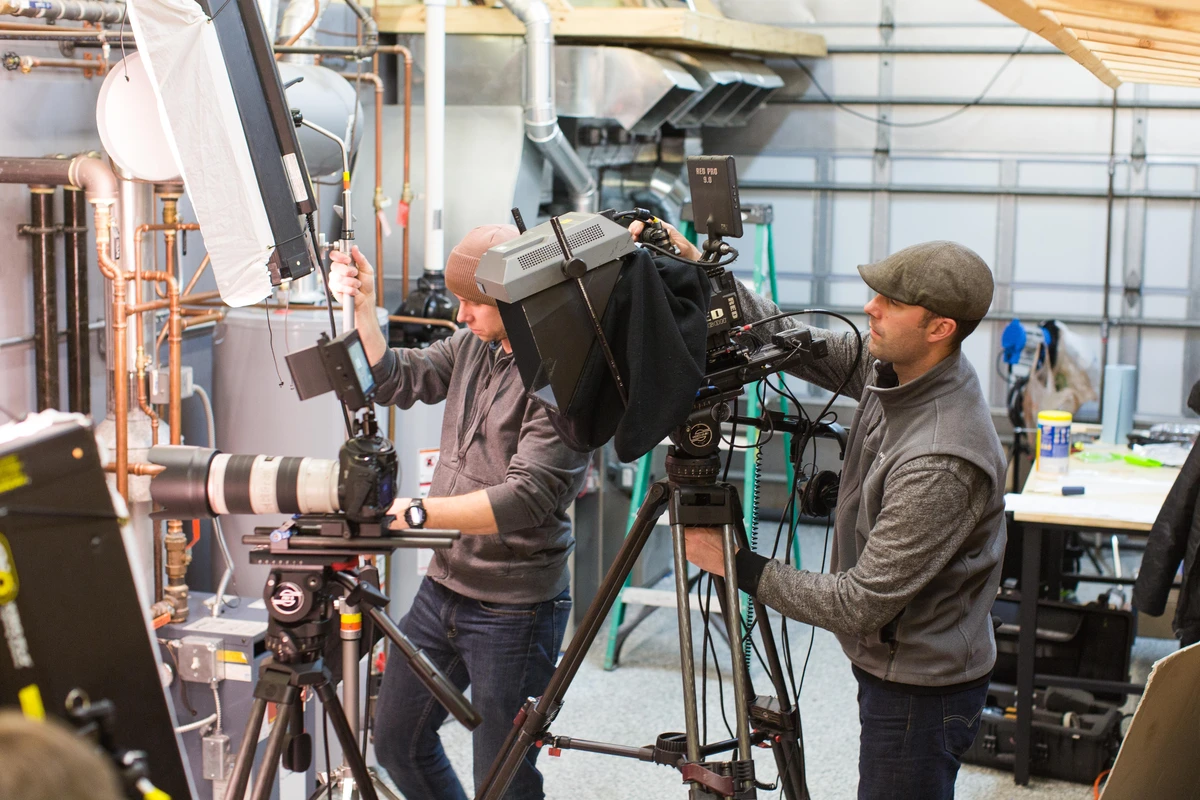
You may be wondering how cinematography can benefit your business. You don’t plan on submitting a film to various film festivals— you simply want to sell products, create training videos, or recruit incredible employees for your team! The exciting news is that cinematography is absolutely beneficial for corporate videos.
Whether you are in need of marketing and advertising videos, corporate communications, or training videos, what you really need at the end of the day is effective content that holds people’s attention and influences them to either make a purchase or contribute to your company.
The bottom line is that storytelling sells. An experienced cinematographer is your best avenue to effective storytelling in any kind of film. The art of cinematography is what takes an amateur video to a high-quality, compelling video.
And remember, with a cinematographer comes an entire crew of people who are dedicated to creating the best possible film or video.
Tell a Gripping Story
Who decided that business videos should be boring? At Stringline Pictures, we actively reject that idea. It’s nearly impossible to create an effective story on video without a knowledgeable crew. When you work with the talented producers at Stringline Pictures, you have the entire filmmaking process at your fingertips. From pre-production to skilled camera crews to editing, we help take businesses to the next level.
Our crew uses principles of cinematography to bring your vision to life in the most compelling way possible. Reach out today to learn more!
